705
705 is an art collective established in Bishkek in 2005, working mainly with street performances. In 2014,705 formed an art platform where various artistic activities, such as experimental plays, lectures, exhibitions, animation courses and workshops, took place. 705 has also become part of Arts Collaboratory’s network starting from 2014. Since 2020, 705 has appeared as a platform for various collaborations between artists and theater makers in Bishkek.
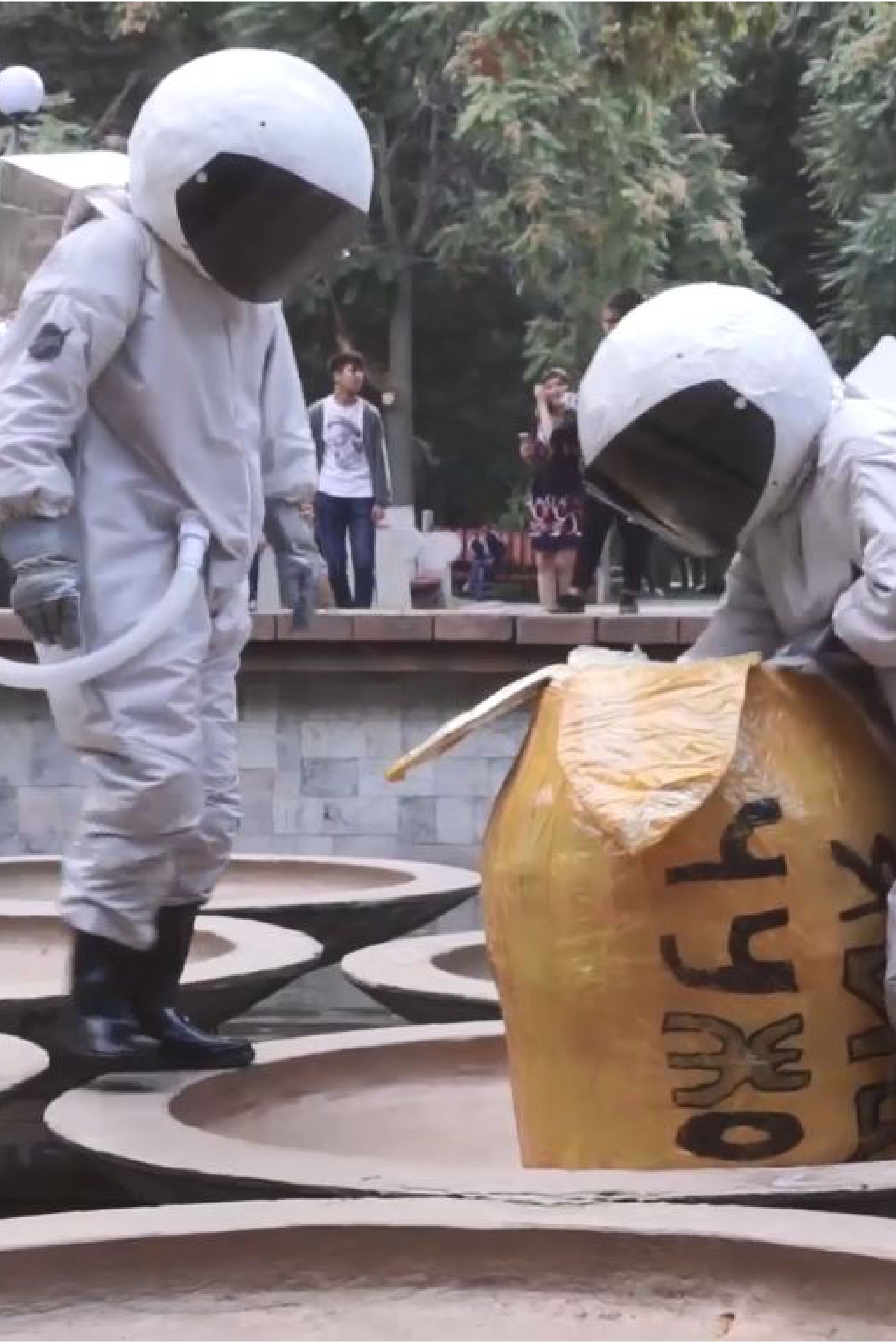
Image courtesy: 705 Group
Umida Akhmedova
Umida Akhmedova, a photographer and a filmmaker, was born in 1955 in Tashkent. Since 1980, she has worked as an assistant camera-person in a scientific and documentary films studio in Uzbekistan. In 1986, Akhmedova graduated from the Soviet State Institute of Cinematography in Moscow. After graduation, she started her career as a camerawoman and a filmmaker, and produced dozens of documentary films. Simultaneously, she never parts with her photo camera and often participates in organising different photo exhibitions.
Since 2001, many of Akhmedova’s works have been published in books and photo albums produced in Uzbekistan. In 2007, her first photobook Women and Men from Sunrise to Sunset was released. Her solo exhibitions were held in Tashkent, Tbilisi in Georgia, Copenhagen in Denmark, Bilbao in Spain, and in various cities across Russia. She participated in Re:visited at the Riga Art Space (2014), the 5th Moscow Biennale (2013), Tashkent Biennale (2007), and others.
In 2004, Akhmedova was awarded a Grand Prix in Press Photo Russia under the category ‘Modern Photography of Central Asia’. In 1985, she was awarded a silver medal in the All-Union photo exhibition at VDNKh (Exhibition of the Achievements of National Economy) in Moscow.
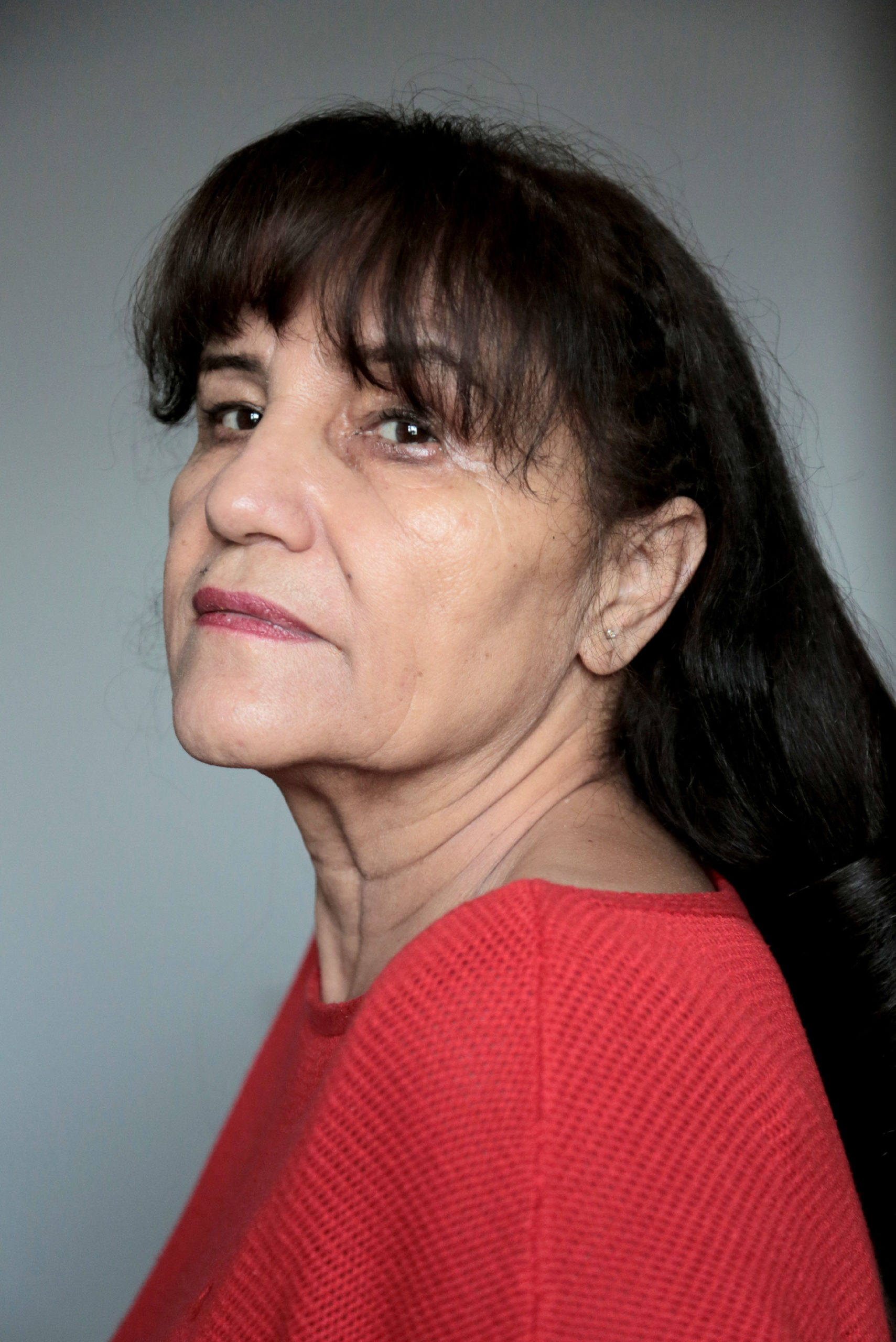
Image courtesy: Umida Akhmedova
Askhat Akhmedyarov
Askhat Akhmedyarov is a Kazakh artist born in 1965 in the Ural region, and currently based in Almaty. He graduated from an art college in Shymkent, studying under the founders of Kyzyl Tractor art group Vitaly Simakov and Moldakul Narymbetov. He participated in several exhibitions of the Shymkent Trans Avant-garde group, but later steered away from the collective and moved to Astana to develop his solo practice.
In his artistic practice he uses a variety of different techniques including painting, drawing, video, photography, installation and performance. His works can be analysed and read on different levels. Akhmedyarov’s work is inseparable from his life and social activism. In his works and actions, the artist plays with ambiguity and audience perception.
Among the artist’s selected exhibitions is a solo show at the National Museum of Kazakhstan, Astana (2016) and group shows include Focus Kazakhstan: Post-Nomadic Mind at Wapping Hydraulic Power Station, London (2018) and Energy of the Future , Pavilion of Kazakhstan, Expo 2017 Astana (2017).
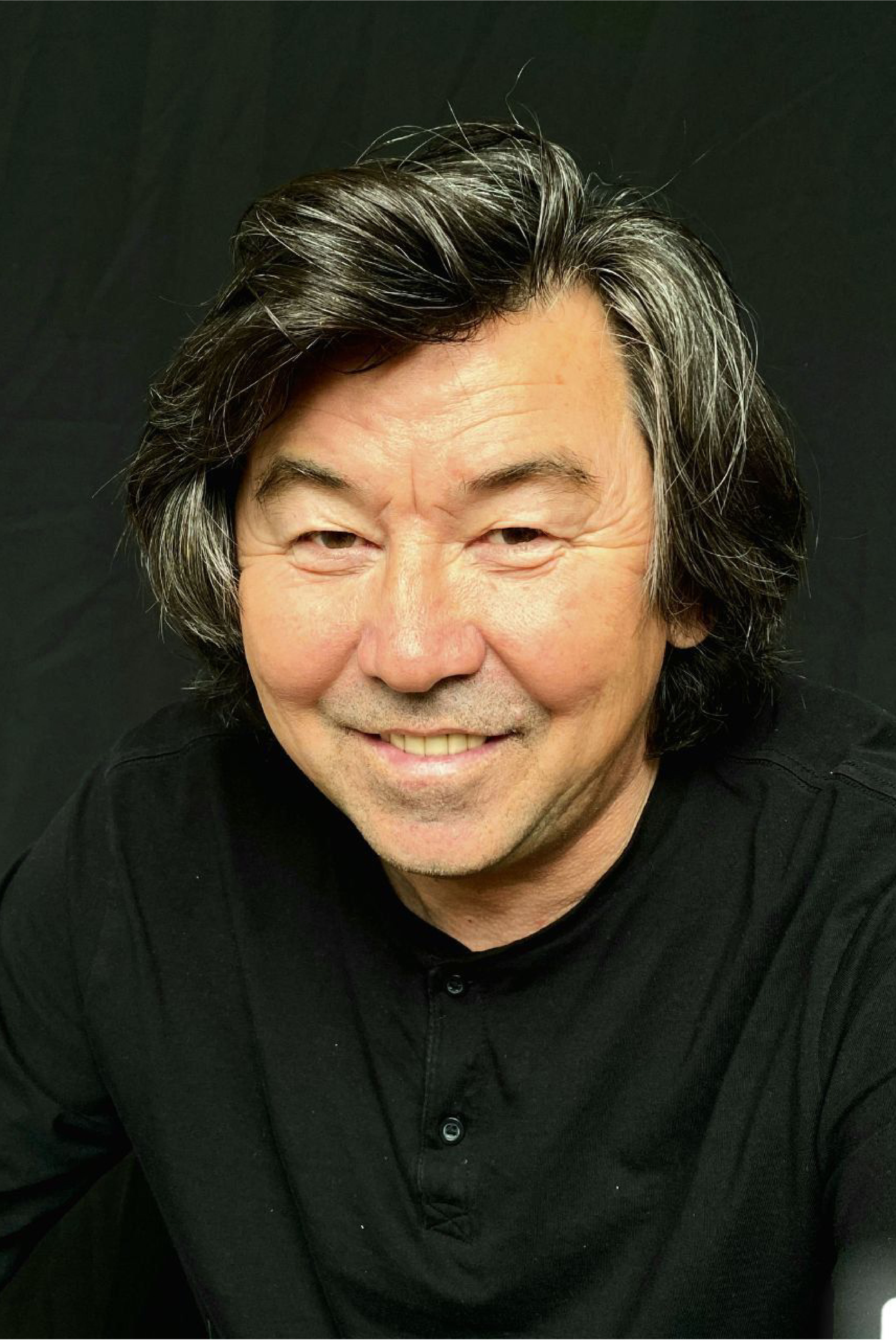
Image courtesy: Askhat Akhmedyarov
Alibay Bapanov
Alibay Bapanov was born in 1953 in Kzil-Orda region. In 1973 he finished the Art School of Almaty. In 1979 he was graduated from Moscow State Art Institute.
Since 1981 Alibay Bapanov and Saule Bapanova have been members of the Artists Union of Kazakhstan. They took part in republican, All-Union and international exhibitions. Bapanovs’ works are found in state museums of Kazakhstan, Russia, Ukraine, China, Turkey, Poland, Denmark. Selected works are now in private collections in Almaty, Kazakhstan, Moscow, Russia, Germany, England, France, USA, Liechtenstein.
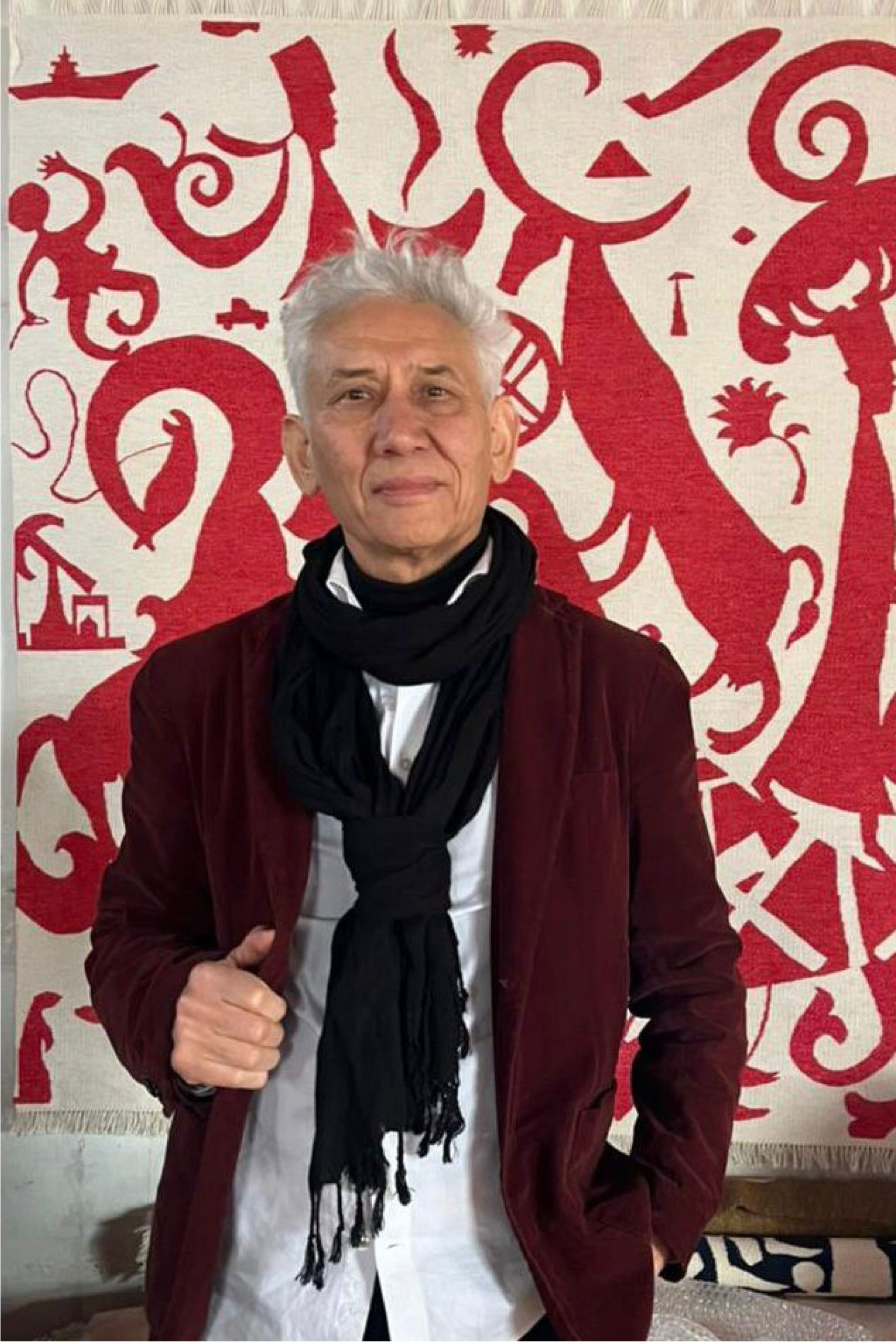
Image courtesy: Alibay Bapanov
Saule Bapanova
Saule Bapanova was born in 1956 in Kzil-Orda region. In 1976 she finished the Art School of Almaty. In 1981 she was graduated from the Moscow Art and Industrial College.
Since 1981 Alibay Bapanov and Saule Bapanova have been members of the Artists Union of Kazakhstan. They took part in republican, All-Union and international exhibitions. Bapanovs’ works are found in State Museums of Kazakhstan, Russia, Ukraine, China, Turkey, Poland, Denmark. Selected works are now in private collections in Almaty, Kazakhstan, Moscow, Russia, Germany, England, France, USA, Liechtenstein etc.
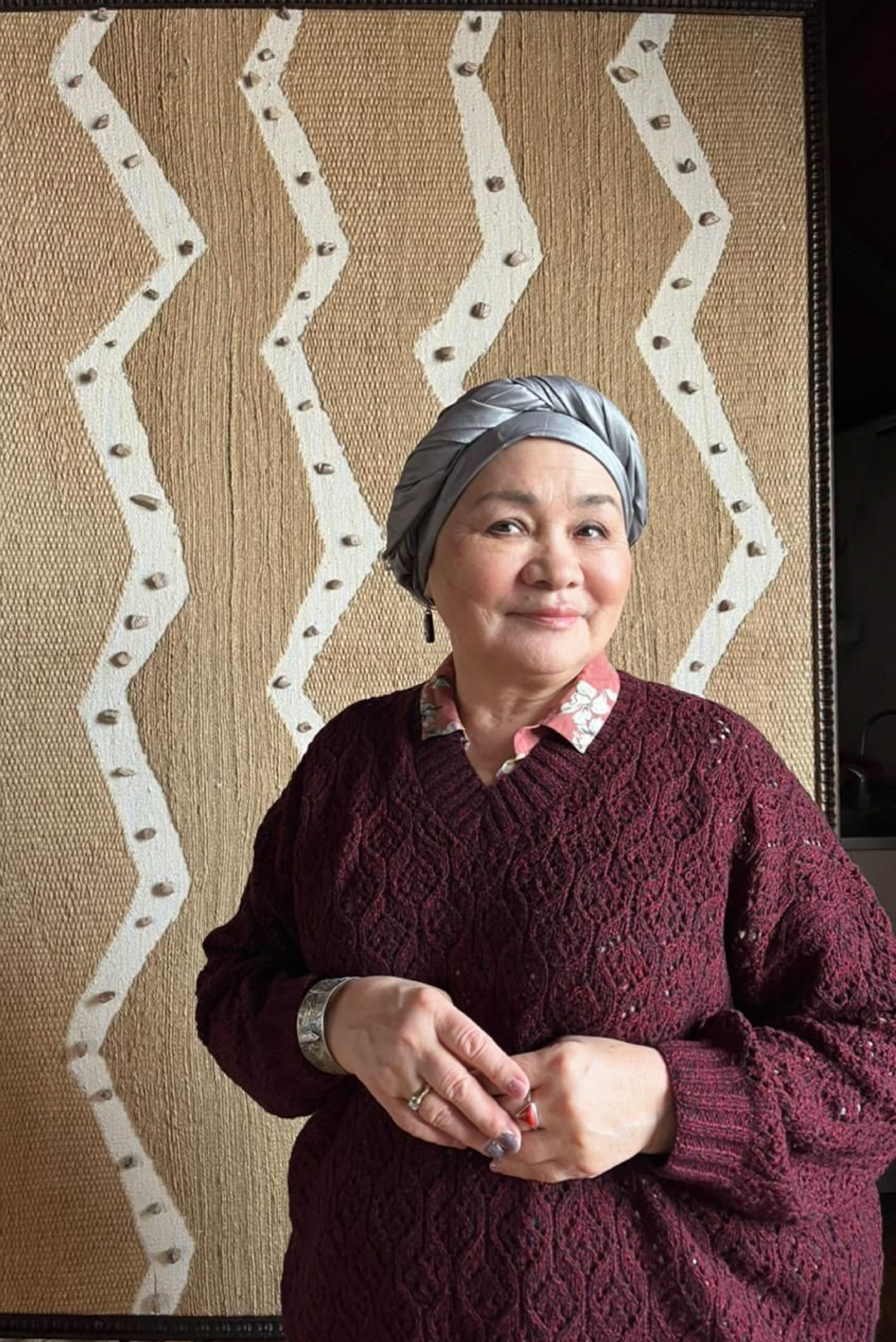
Image courtesy: Saule Bapanova
Medina Bazargali
Medina Bazargali is a Kazak transdisciplinary contemporary artist, coder and researcher. Born in 2001 in independent Kazakstan, Bazargali works at the intersection of decolonisation, feminism and political activism, practically experimenting with AR, video, 3D graphics, installation, web development, visual programming, cyber-physical systems, computer vision and neural networks.
In their artistic practice, Bazargali finds themselves in the process of researching ironic and exaggerated political realities where Internet, new algorithmic superstructures and (post)-totalitarian regimes that are swirling in a whirlpool of glocalisation; where Soviet stiffness, digital revolution and the revival of national identity are bundled together like a three-in-one product sold at the supermarket. Through their artworks and research Bazargali wishes to find a sustainable frequency of oscillation between these terminals.
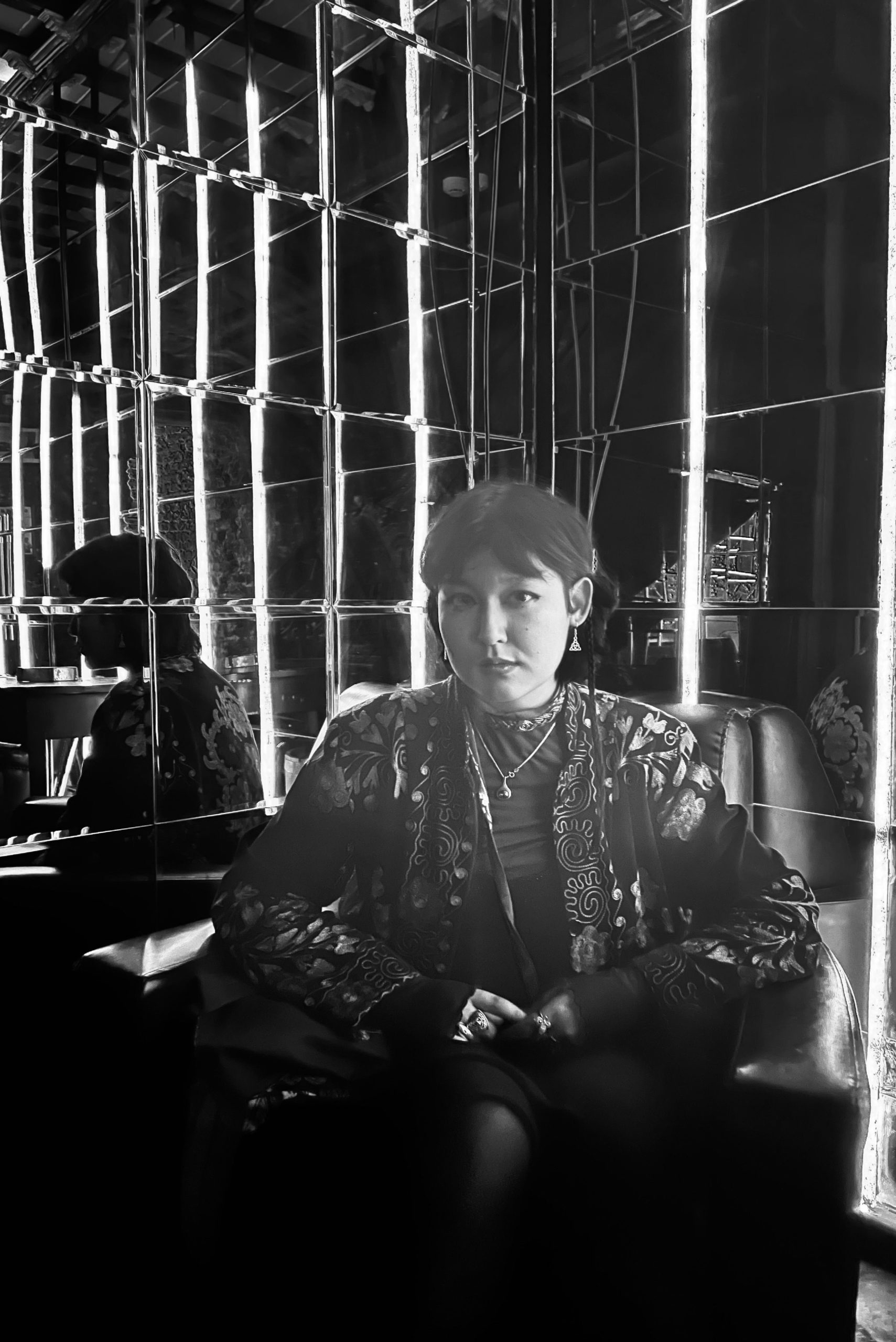
Image courtesy: Medina Bazargali
Nazzy Beglari
Nazzy Beglari is an-award winning Iranian-American journalist and fashion designer. Growing up in Tehran in a multi-cultural family of Iranian, Azerbaijani and Georgian descent, Beglari was exposed to her grandmother’s collection of vintage ikat coats, suzani bed spreads and rare textiles. That has sparked a lifetime passion for hand loomed textiles. She left Iran in 1979 and moved to the US where she studied journalism and eventually became senior international correspondent covering the conflict zones. She later freelanced for CNN in Abu Dhabi and for Harper’s Bazaar Art Middle East.
Eventually she turned her passion for fabrics into a fashion business, mostly using ikat textiles she hunts down Uzbekistan, India, Thailand and Japan. Her designs have won praise from some of the most beautiful and talented personalities in the world of cinema, including Isabella Rossellini, Tilda Swinton, Golshifteh Farahani, Yousra and Hend Sabri, and the celebrated Iranian-American artist Shirin Neshat is also an admirer of Nazzy’s unique designs. She is careful to follow the principles of ethical and slow fashion and is mindful of ‘no-waste’ fashion. Her designs have been featured on TF1 in France, Architectural Digest Middle East and Architectural Digest The National.
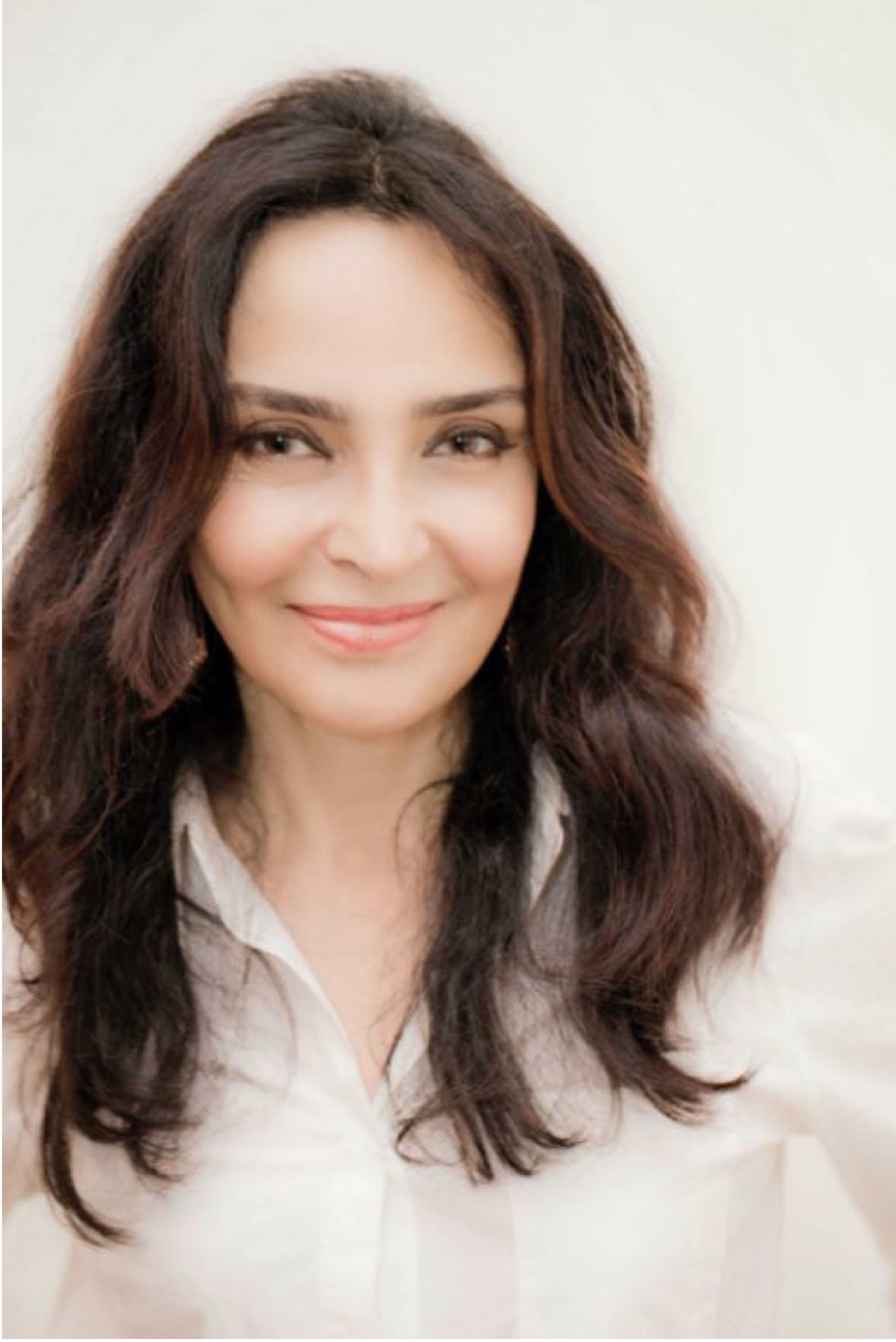
Image courtesy: Nazzy Beglari
Lidiya Blinova
Lidiya Blinova was a poet, a sculptor, and what is now referred to as a multimedia artist. She was also a jewellery and a graphic designer. In 1971, she graduated from the Faculty of Architecture of the Kazakh Polytechnic Institute in Almaty. At the beginning of her career, she studied in the workshop of Isaac Itkind, a sculptor who was in exile in Kazakhstan.
Together with her well-known husband and Kazakh artist Rustam Khalfin, Blinova had organised ‘apartment’ exhibitions of unofficial artists in Almaty. An intellectual and a profound creative spirit, Blinova often developed her ideas and realised conceptual projects together with Khalfin, who called her his ‘alter ego’. As most of her projects were ephemeral in nature, there is almost no work remaining of Blinova, but her installations and performances have left a deep mark on the history of Central Asian art.
After Blinova passed away, her works have exhibited in many group exhibitions, including Eurasian Utopia: Post Scriptum at Suwon I’Park Museum of Art, Suwon (2018) and Bread and Roses: Four Generations of Kazakh Women Artists at MOMENTUM, Berlin (2018).
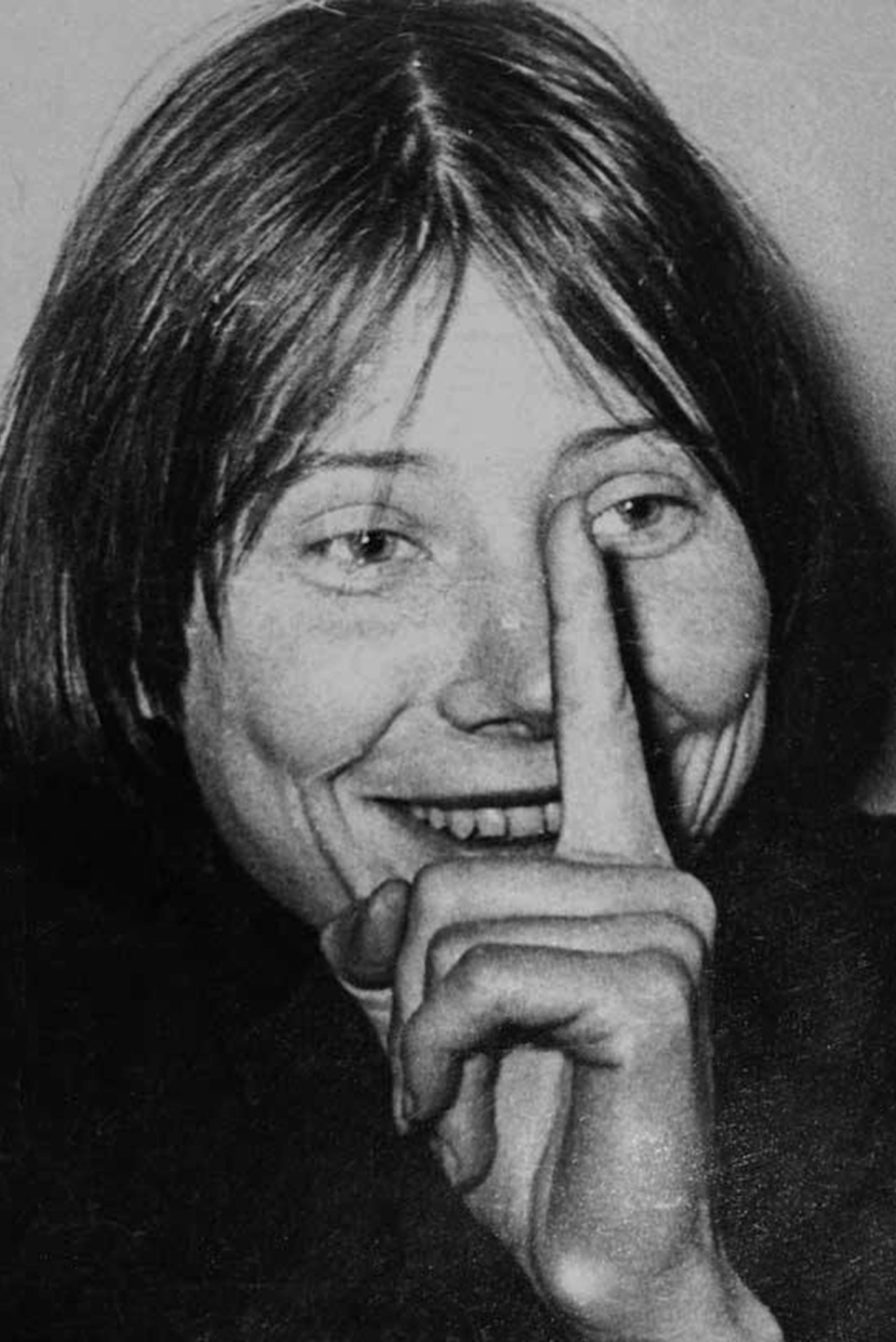
Image courtesy: Lidiya Blinova
Bakhyt Bubikanova
Bakhyt Bubikanova is a Kazakh artist who works with various media and techniques. Her practice encompasses video, performance, photography, drawing, painting, collage and installation. In addition to her formal education, Bubikanova was a student of the late leader and founder of art collective ‘Kyzyl Traktor’ Moldakul Narymbetov. In her signature expressive manner, Bubikanova explores the paradoxical landscape of everyday in contemporary Kazakhstan, she deconstructs and reflects upon the formal traditions of suprematism. To assemble and to create through deconstruction is an important method for the artist, whose practice encompasses irony and humor, the vital elements of any serious reflections.
Bubikanova has been actively exhibiting her work since 2005. Her selected recent exhibitions include: Eurasian Utopia: Post Scriptum at the Suwon I’Park Museum of Art in Suwon (2018), Postcolonial Art of Asiaat GEDOK Karlsruhe, Germany (2018), Suns and Neons above Kazakhstan at Yarat Contemporary Art Space, Baku (2017), and others. In 2014, she was given the First President’s Award for merits in the field of Kazakh contemporary art.
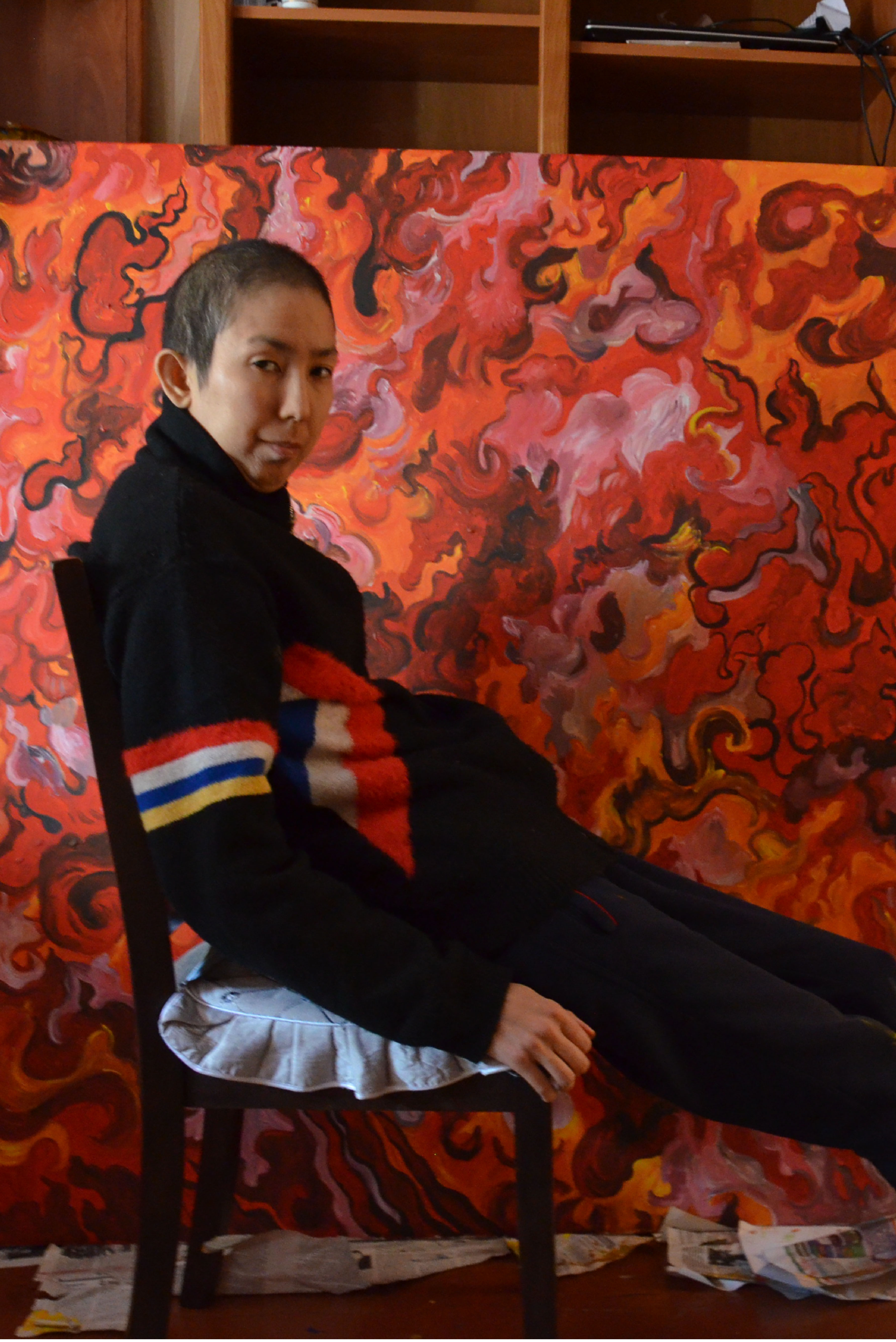
Image courtesy: Bakhyt Bubikanova
Marat Dilman
Born in 1990, Marat Dilman is an artist whose work explores visual codes and patterns in relation to the nation-building processes he witnessed growing up in newly independent Kazakhstan. Dilman produces around 6 artworks per year, each with meticulous attention to detail and occasional digital image manipulation. His work is heavily concerned with how technology intervenes with the pre-modernistic archetypes such as ornaments, yurts, traditional clothing and elements of architecture. Vivid colours so common to Dilman’s visual language connect these long-lasting narratives with the presence of symbolic elements of modern-day urban anti-utopias: plastic, security cameras, robots.
Dilman’s recent exhibitions include The Eurasian Utopia: Post Scriptum at Suwon IPark Museum of Art, South Korea (2018), Astana Art Show in Astana, Kazakhstan (2017), and group exhibition Act of Creation within the framework of ARTBAT FEST in Almaty, Kazakhstan (2017). Dilman was a winner of the Halyk Art Prize in 2019.
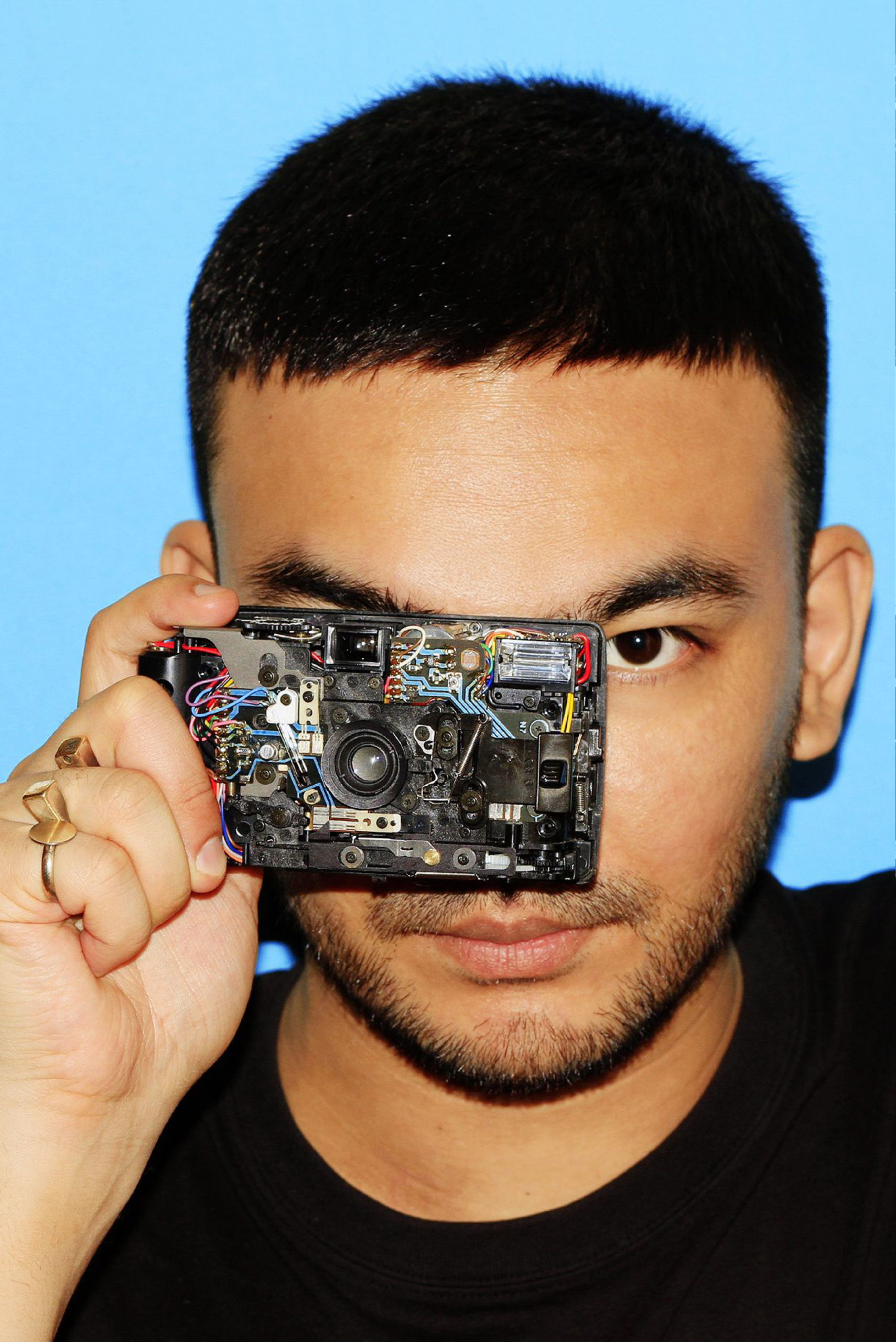
Image courtesy: Marat Dilman
Saule Dyussenbina
Saule Dyussenbina is a Kazakh artist. The artist operates with various mediums – painting, graphics, animation, video, and studies the objective world around her home, body, history and memory. She produces a study that leads her to the formation of an archetype and its implementation in the structure of the convergent culture of our time. In her latest works, she often uses the field of applied design – interior design, production of household items. Her works seem to be playing ping-pong with tactile and optical perception, either seizing familiar images and translating them into objects of thoughtful contemplation, or making these objects part of our home ‘shell’, returning them to the zone of tactility.
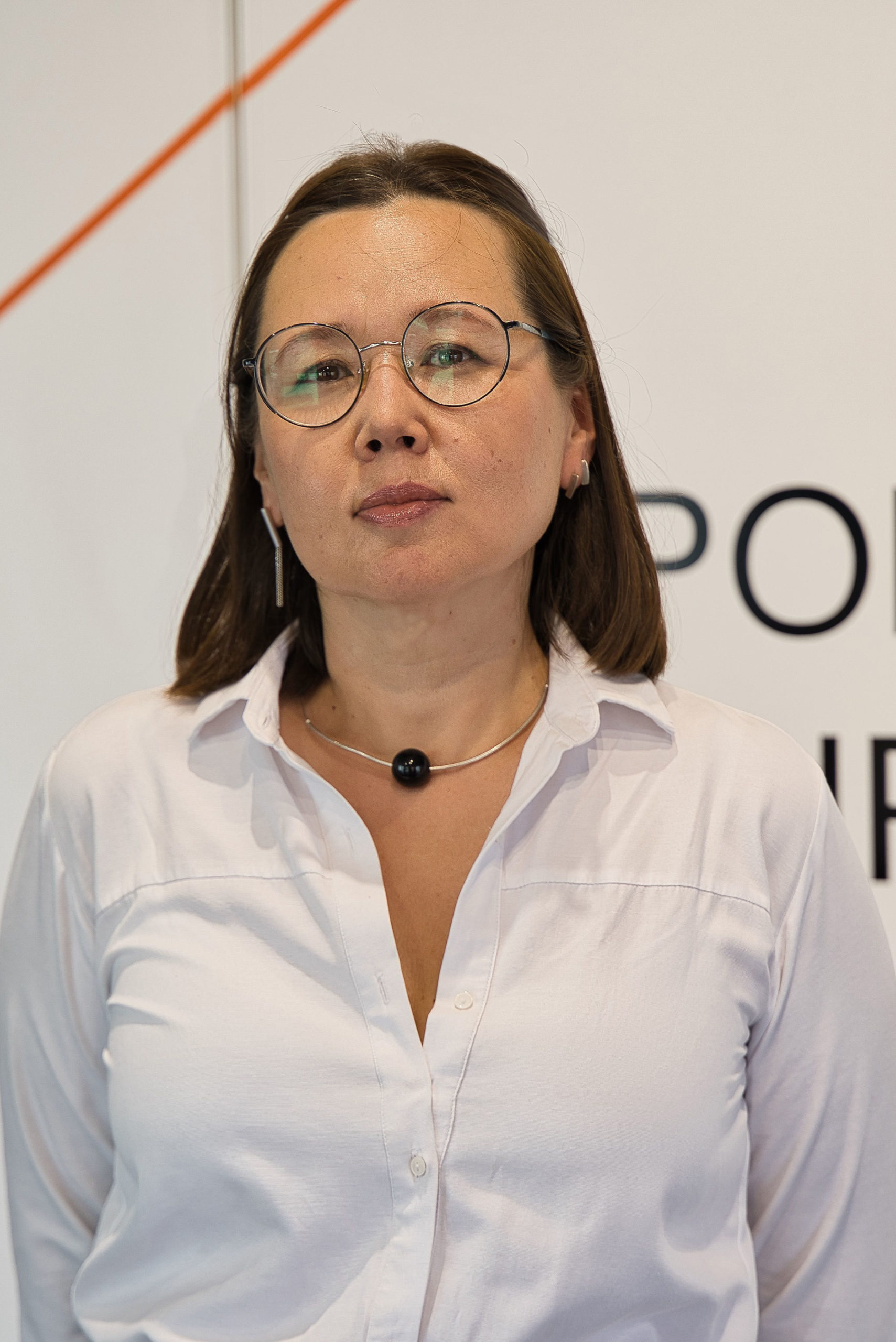
Image courtesy: Saule Dyussenbina
Aziz Hazara
Aziz Hazara is an artist who lives and works between Berlin and Kabul. The visual exploration of his works takes shape across variety of artistic media, from participatory installations to soundscapes, from video to photography, from text to programmed languages. His interest in the issues of memory, archive, surveillance of the panopticon and the politics of representation, is deeply entrenched in the geopolitics and the never-ending conflict that afflicts his native Afghanistan. The relevance of such issues however overcomes geographical specificities and appeal to a contemporary condition that is globally shared.
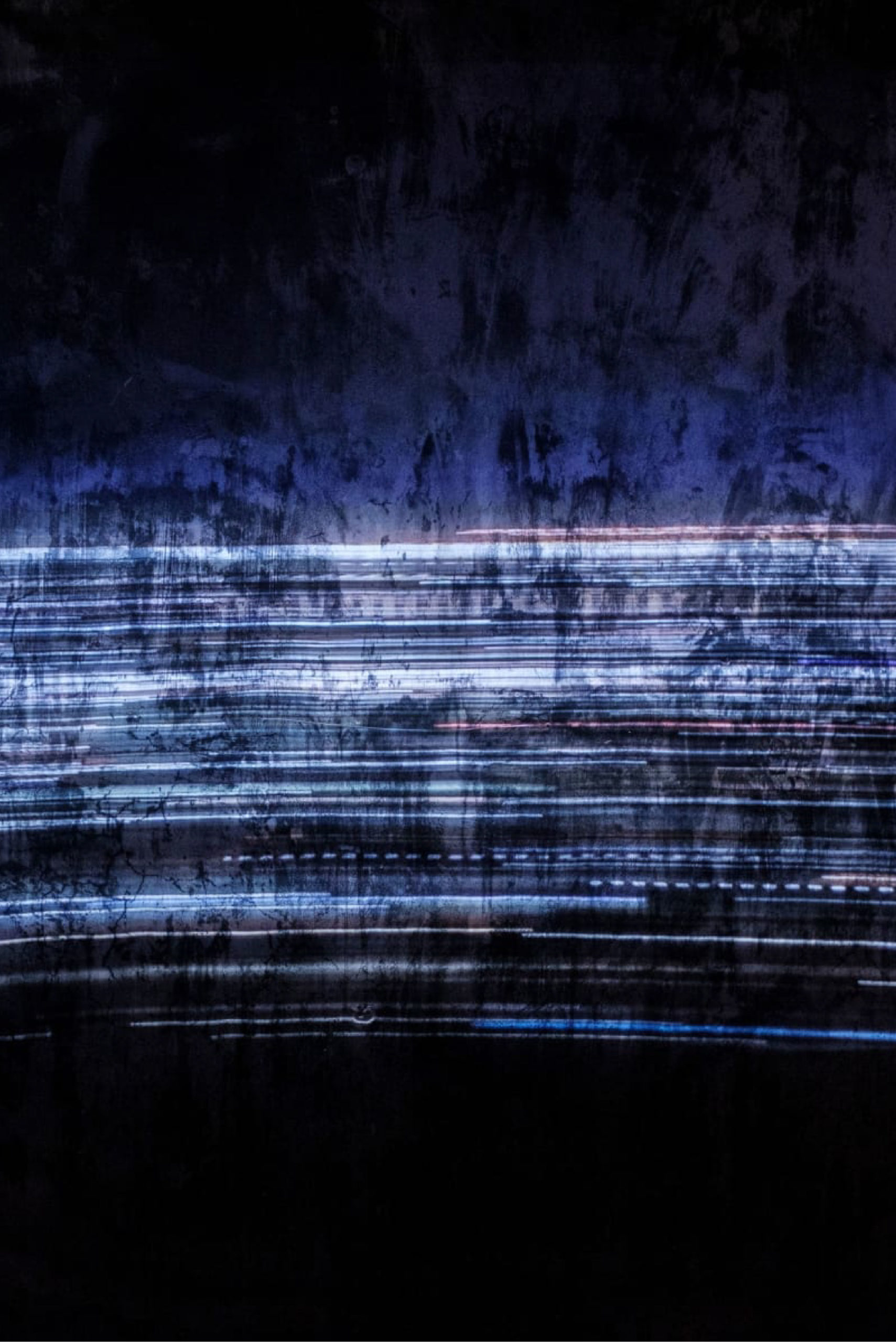
Image courtesy: Aziz Hazara
Dana Iskakova (CA Research Group)
Dana Iskakova is an artist born in 1997 in Almaty, Kazakhstan. Her practice mainly focuses on interactive, ‘imaginary’ art and explores human perception and imagination. She studied finance at the International IT University and Liberal Arts at St. Petersburg University. She is currently working on a project about contemporary art and culture of Central Asia called Steppe Space at Artcom Platform. She is a member of the MATA artist collective.
Iskakova has participated in international projects such as QWAS – The Migrating Dialogue , Zurich, Switzerland — Almaty, Kazakhstan (2017, 2018), Art Prospect Festival: Memory Threads: Museum and Neighbourhood , Tbilisi, Georgia (2018), Focus Kazakhstan – Eurasian Utopia: Post Scriptum , Suwon, South Korea (2018), Piksel, Bergen, Norway (2020), Ars Electronica, Linz, Austria (2020). As part of the project initiated by Saodat Ismailova, she took part in the public program and contributed to the publication of the DAVRA collective at Documenta 15 in Kassel, Germany (2022).
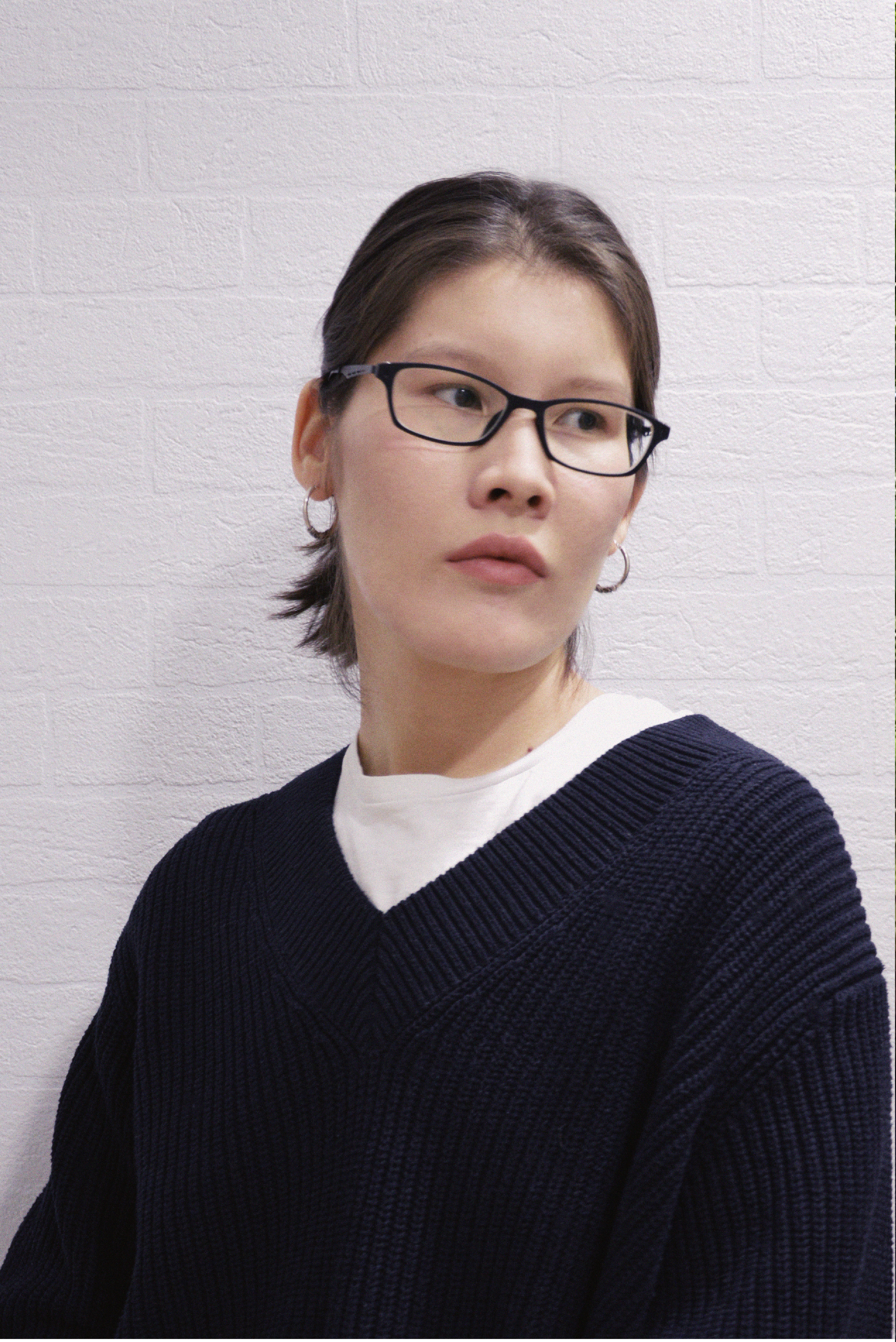
Image courtesy: Dana Iskakova
Aida Issakhankyzy (CA Research Group)
Aida Issakhankyzy is an architect who is also engaged in artistic practices. She works in a variety of techniques, including traditional hand-drawn graphics and paintings, digital media, software and tools, photography and scenography. Her artistic practices can be described as research-based art or art-based research. She states all her practices as dedicated to the questions of space, time, light and architecture, while languages of art give her wider access to the forms of investigations and freedom to explore those questions.
In her latest artistic practices, Issakhankyzy researches the visual and tectonic patterns and languages of Central Asian regions, nomadic spaces and objects that were created to fill that spaces. She is also often involved in exhibitions constructing processes both in tangible and online worlds.
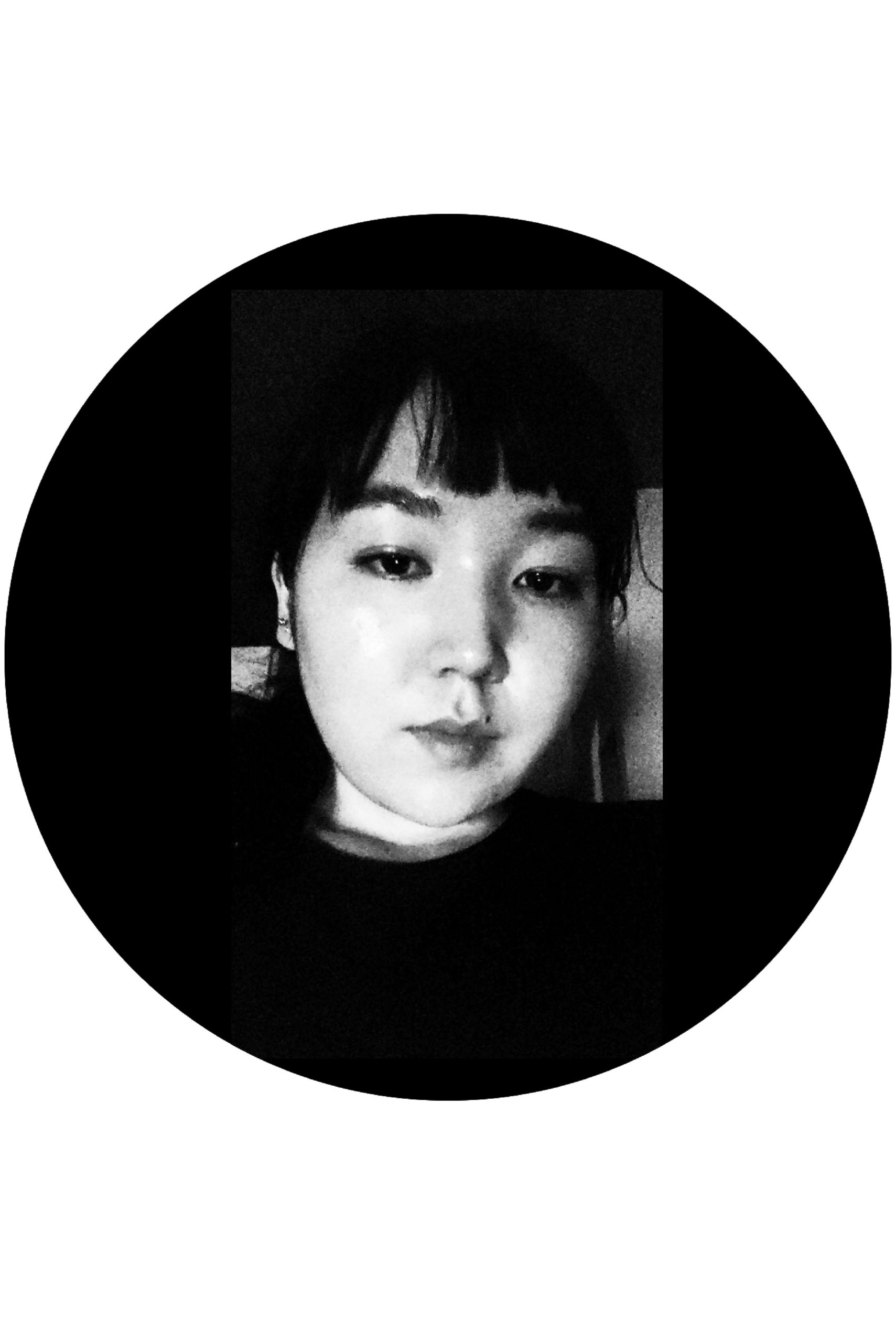
Image courtesy: Aida Issakhankyzy
Aisha Jandosova (CA Research Group)
Aisha Jandosova is a Kazakh-Kyrgyz diasporic artist, designer, learner and educator, currently based in Providence, United States. Jandosova’s work is centred around making room for and creating healing spaces with/for her people. She is co-founder of BABALAR PRESS, an experimental research, writing and publishing initiative for relearning, reclaiming and reimagining Kazakh ancestral knowledges. In parallel, Jandosova is engaged in a long-term, process-based re-existencia (Achinte 2009, Tlostanova 2017) research, whereby she (re)makes and learns from the everyday cultural practices of her ancestors, with the dream of imagining more loving futures, grounded in pre-colonial Central Asian nomadic knowledges, values, relations and worldviews. So far, Jandosova’s learning journey has included creating a kïiz üy (yurt) for a 5-year old Aisha, celebrating – through reproduction in papercuts – oyıw-örnek (ornaments) on old syrmaq (felt patchwork carpets), as well as making her own shi (wool-wrapped reed mats), kïiz (felt) and yarn.
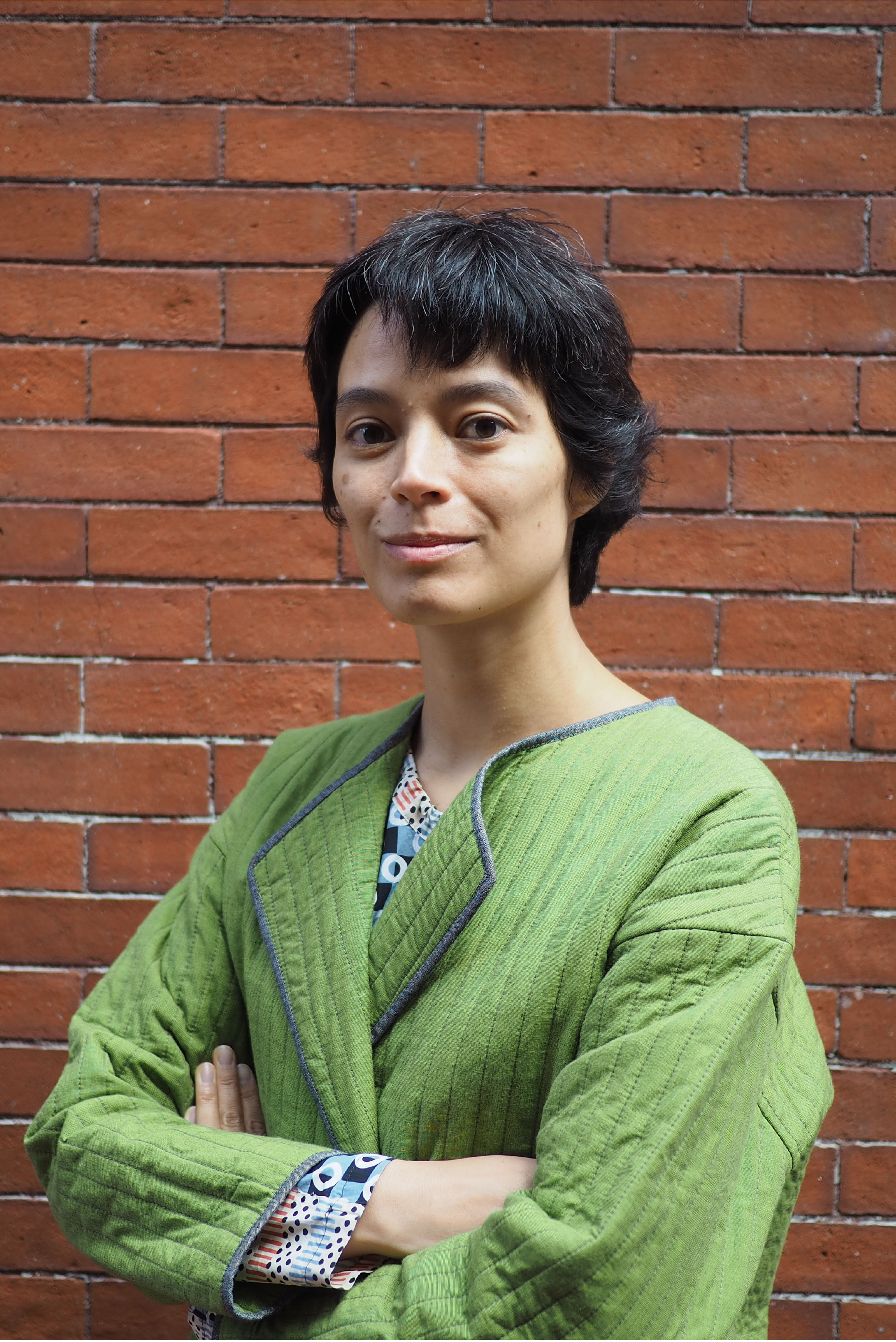
Image courtesy: Aisha Jandosova